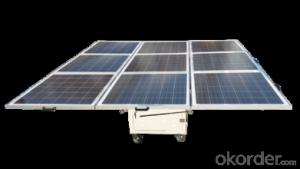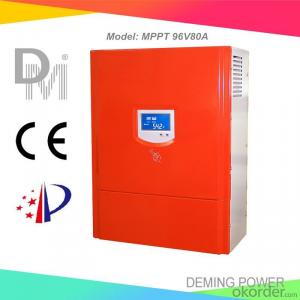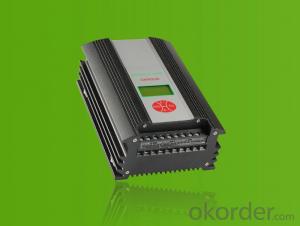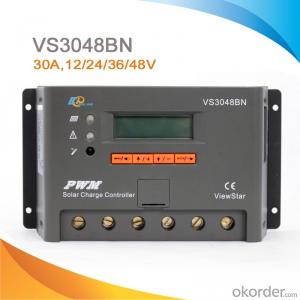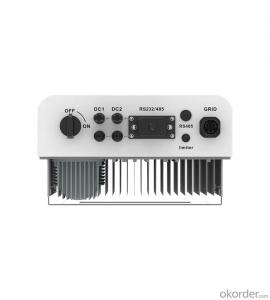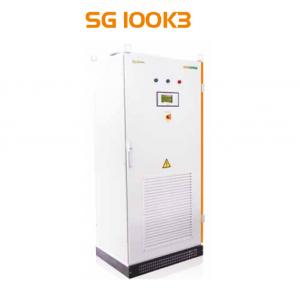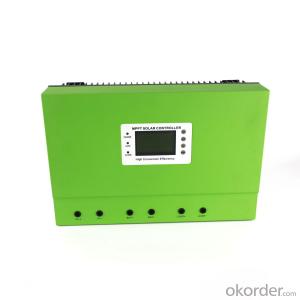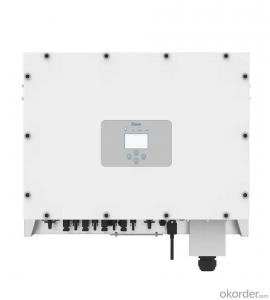Mppt Solar Inverter 48v
Mppt Solar Inverter 48v Related Searches
Mpp Solar Inverter 48v Mpp Solar 48v Inverter 5kva/48v Mppt Solar Inverter Mppt Solar Inverter Mppt Solar Power Inverter Mppt Solar Inverter 24v Mppt Inverter Solar 24v Mppt Solar Inverter 12v Mppt Solar Inverter Mppt Solar Pump Inverter 24 Volt Mppt Solar Inverter Microtek Mppt Solar Inverter Mppt Based Solar Inverter Mppt Hybrid Solar Inverter Mppt Solar Hybrid Inverter Mppt Inverter For Solar System 48v Solar Inverter Mppt Solar Inverter 12 Volt China Mppt Solar Inverter Mppt Solar Inverter Charger 48 Volt Solar Inverter Mppt Solar Inverter Price Mpp Solar Power Inverter Best Mppt Solar Inverter 2kw Mppt Solar Inverter Mpp Solar Inverter 2kva Mppt Solar Inverter Dual Mppt Solar Inverter 1kw Mppt Solar Inverter Mpp Solar Inverter 12vMppt Solar Inverter 48v Supplier & Manufacturer from China
Mppt Solar Inverter 48v is a high-efficiency solar power conversion device designed to optimize energy output from solar panels by tracking the maximum power point (MPPT). This advanced technology ensures that the inverter consistently operates at peak efficiency, maximizing the energy harvested from solar panels and converting it into usable AC power. The 48V model is particularly suited for a variety of applications, including off-grid solar systems, solar street lighting, and small-scale power backup systems. Its compact design and user-friendly interface make it a popular choice for both residential and commercial installations.The Mppt Solar Inverter 48v is widely used in scenarios where reliable and efficient power conversion is crucial. It is particularly beneficial in remote areas where grid electricity is either unreliable or unavailable, providing a sustainable and cost-effective solution for powering homes, businesses, and public facilities. This inverter's ability to handle varying solar panel outputs and environmental conditions makes it an ideal choice for off-grid living, ensuring a steady supply of electricity even during periods of low sunlight or inclement weather.
Okorder.com is a reputable wholesale supplier of Mppt Solar Inverter 48v, offering a vast inventory to cater to the diverse needs of customers worldwide. With a commitment to quality and customer satisfaction, Okorder.com ensures that each Mppt Solar Inverter 48v is thoroughly tested and certified to meet industry standards. Their extensive inventory and competitive pricing make them a go-to source for businesses and individuals seeking reliable and efficient solar power solutions.
Hot Products



